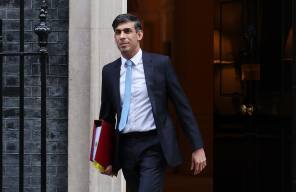
Data from research consultancy Imas Corporate Finance, revealed that directly authorised advisers appeared to be driving a resurgence in overall adviser numbers, which, according to the FCA, grew by 5.9 per cent, from 31,132 to 32,690 between December 31 and July 31.
However, the number of advisers who belonged to networks fell during the same period, dropping by 6.8 per cent from 7370 in January, to 6896 in July.
Analysis of the FCA register by Imas revealed that directly authorised numbers grew by 3 per cent during this period, jumping from a low point of 17,023 in January, to 17,527 by July.
Echoing an earlier report by research firm Matrix Solutions which showed an “exodus” in numbers from 10 out of the 15 largest networks, Olly Laughton-Scott, founding partner at Imas, said advisers were beginning to move away from the traditional network model.
He added that the number of new people joining IFA firms - at 537, was also more than double the rate of new approved persons at networks during the same period.
He said: “The adviser market is recovering, but based on these statistics, the improvement is being seen in directly authorised firms rather than in networks.
“I think advisers are realising that with the back-office technology available, being directly authorised is not as excessively onerous as it used to be.
“Advisers can now pick and choose their proposition, and are less constrained than if they were part of a network.”
| Background |
| An FCA statement said it believed the 5 per cent increase in overall adviser numbers could be attributable to advisers re-entering the market. The data also revealed that 97 per cent of advisers now had the appropriate level of qualification, compared to just half the population in 2010. |
Adviser View
James Craw, adviser for Dorset-based Your Financial Planning, said: “I became directly authorised a couple of years ago. It has been great. I wanted to develop a financial planning model and wanted greater freedom to do it.”



